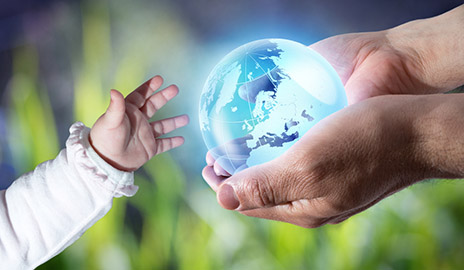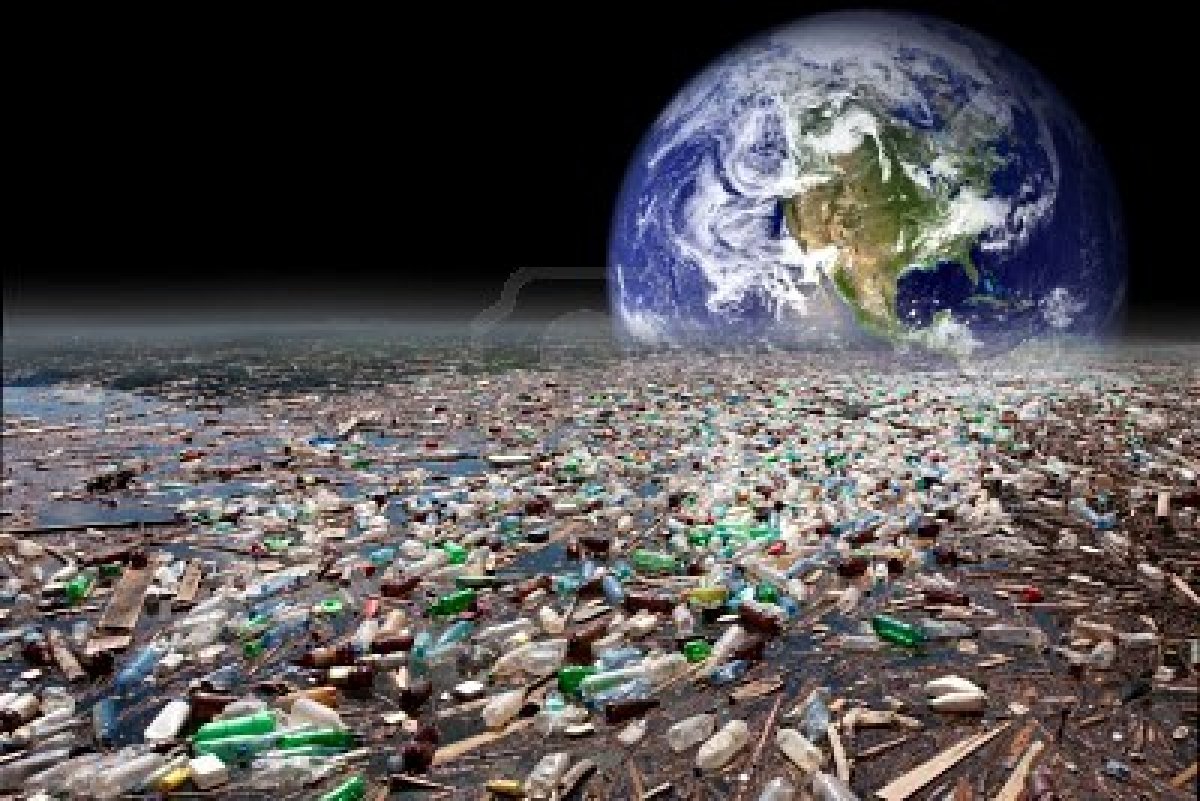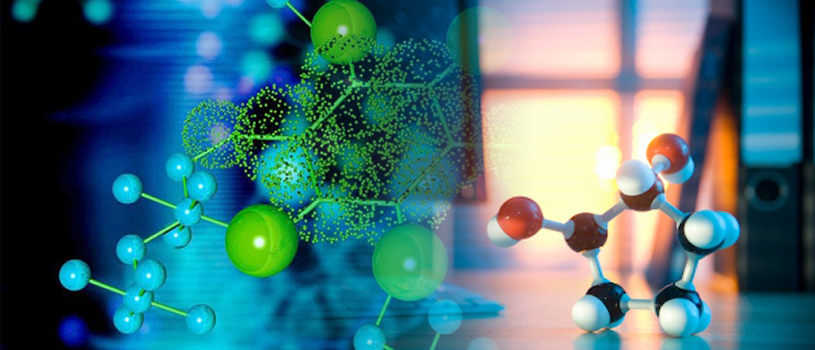
If you want a template for making renewable energy work in the here and now, look no further than the Scottish island of Eigg, which is powered almost completely by wind, solar, and hydro technology.

Roughly eight million tons of plastic enters the ocean every year. That’s according to a 2015 report, which also identified where the bulk of this trash originates. At the top of the list: China, the Philippines, and Indonesia.

Today China closes the first of its state-licensed ivory carving factories and retailers, a move conservationists hail as a big step toward saving elephants from extinction.
Elon Musk's space company just made history by reusing the Falcon 9 rocket.

The Roskilde Festival Folk High School will differ in many ways from the typical high school. The alternative school has neither curriculum nor exams. Education will usually be focused on creative and humanistic topics, as well as on common life at school.

Blue Origin founder Jeff Bezos provided a sneak peek today into the interior of the New Shepard crew capsule, the suborbital vehicle for space tourism.

The mayors of London and Paris are acting to cut air pollution in their cities by monitoring emissions and rating vehicles based on their score.

We all know, or at least suspect, that robots are taking people’s jobs, but new research shows the dramatic degree to which industrial robots are replacing human workers and forcing down wages.

Scientists have proposed a new theory that combines some of the most mysterious phenomena in the Universe - black holes, gravitational waves, and axions - to solve one of the most confounding problems in modern physics.

A long-term study of 565 children who grew up in the era of leaded gasoline has shown that their exposure to the powerful neurotoxin led to a loss of intelligence and occupational standing by the time they reached age 38.

Tech billionaire Elon Musk is announcing a new venture called Neuralink focused on linking brains to computers.

Now an international team of climate scientists has found a connection between many extreme weather events and the impact climate change is having on the jet stream.

A type of bacteria accidentally discovered during research could fundamentally reshape efforts to cut the huge amount of electricity consumed during wastewater clean-up. The discovery has upended a century of conventional thinking.

Economic evidence suggests that the scheme could be cheaper to run, and boost recycling more, if it was run as a lottery instead, with every recycled bottle representing a “ticket” to a prize draw.

Seven European countries announced a joint initiative to acquire and deploy world-class high-performance computers. EuroHPCEuroHPC aims to deploy so-called exascale computers that are capable of at least 10 to the 18th power calculations per second.